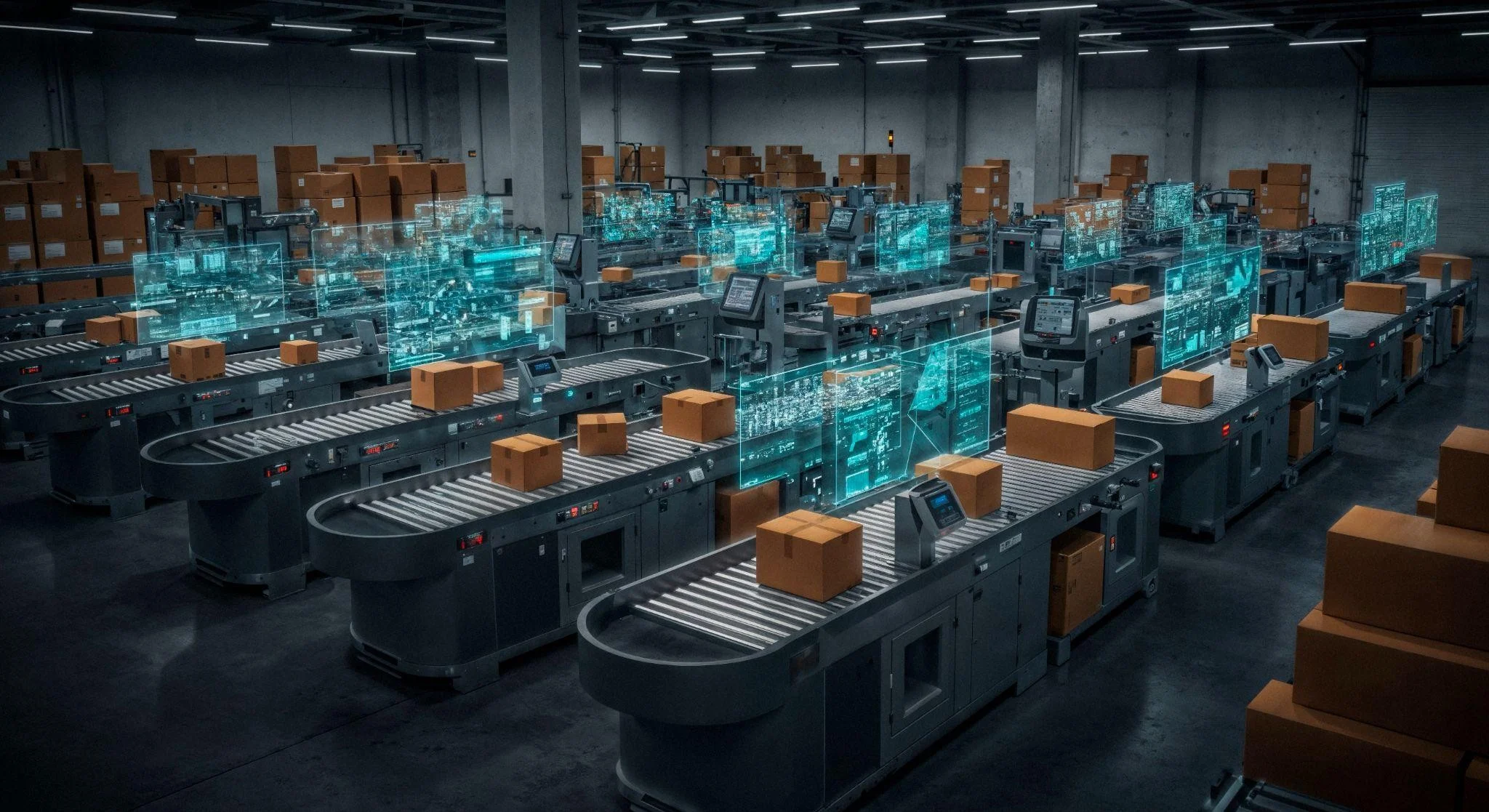The client, a leading provider of foot scanning technology for podiatrists and custom orthotics manufacturers, approached us to enhance their app’s capabilities. The app plays a critical role in capturing 3D foot scans, which are used to create custom orthotic inserts for patients. As part of their commitment to enhancing service delivery and staying competitive in the orthotics market, the client sought a comprehensive upgrade. This included integrating the latest technology, such as Apple’s ARKit (via the Structure SDK) and TrueDepth technology, to enable seamless 3D foot scanning on iPads.
Our role was to bring this vision to life by integrating cutting-edge technology while ensuring the app remained intuitive and accessible for their users. The goal was to future-proof the application while improving overall performance and user satisfaction.












